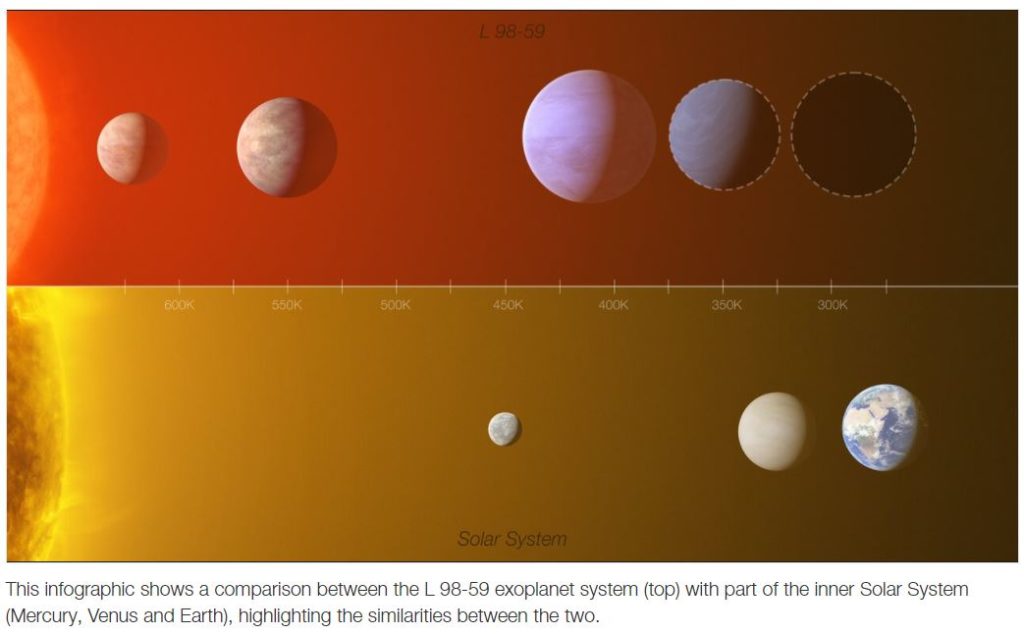
A team of astronomers have used the European Southern Observatory’s Very Large Telescope (ESO’s VLT) in Chile to shed new light on planets around a nearby star, L98-59, that resemble those in the inner Solar System. Amongst the findings are a planet with half the mass of Venus — the lightest exoplanet ever to be measured using the radial velocity technique — an ocean world, and a possible planet in the habitable zone.
“The planet in the habitable zone may have an atmosphere that could protect and support life,” says María Rosa Zapatero Osorio, an astronomer at the Centre for Astrobiology in Madrid, Spain, and one of the authors of the study published today in Astronomy & Astrophysics.
The results are an important step in the quest to find life on Earth-sized planets outside the...
Read More








Recent Comments